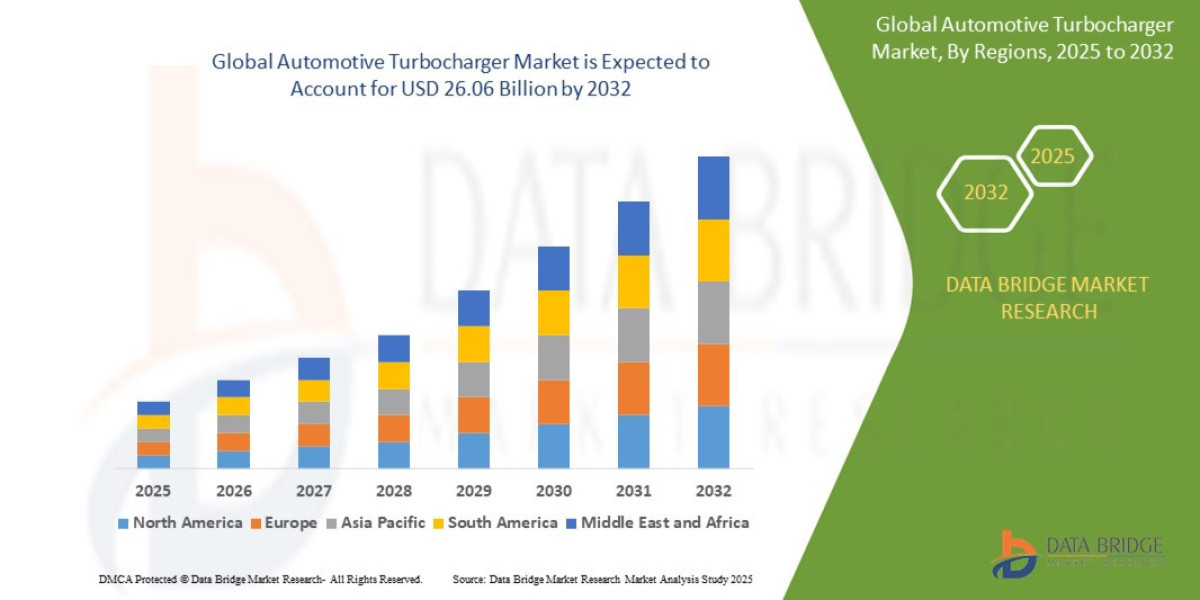Market Overview
The global electric construction equipment market is undergoing a profound transformation, propelled by the convergence of sustainability mandates, emission-free technology, and rapid innovation. Valued at USD 14.72 billion in 2024, the market is forecast to surge to USD 115.35 billion by 2034, growing at an exceptional compound annual growth rate (CAGR) of 22.88% over the forecast period.
This explosive growth is fueled by a global push toward decarbonization, evolving regulatory frameworks, major advances in battery and charging technology, and a heightened focus on total cost of ownership (TCO). Governments, original equipment manufacturers (OEMs), and contractors alike are increasingly investing in electric construction equipment—such as electric excavators, loaders, and dump trucks—as part of broader green infrastructure and net-zero initiatives.
The shift from traditional diesel-powered machinery to electric alternatives represents a fundamental reimagining of construction practices. Electric equipment delivers substantial benefits including lower emissions, quieter operation, and reduced operating and maintenance costs—making it a strategic choice for the industry’s sustainable future.
Key Market Growth Drivers
1. Environmental Regulations and Policy Support
Global climate pacts and stringent local regulations—such as the EU Stage V emission norms, California Air Resources Board (CARB) mandates, and the Paris Agreement—are compelling the construction sector to minimize emissions. Electric equipment, with zero tailpipe emissions, enables companies to meet compliance targets while aligning with green procurement policies.
2. Technological Advancements in Batteries
Innovations in lithium-ion and solid-state batteries are significantly improving performance metrics like energy density, run time, and charging speed. Additionally, modular battery packs, battery-swapping systems, and fast-charging capabilities are enhancing equipment usability across diverse job sites, from residential zones to mining operations.
3. Economic Efficiency
Though the upfront investment remains higher than diesel equipment, electric machines offer a lower TCO through:
Reduced fuel expenditure
Minimal maintenance requirements
Decreased downtime due to fewer mechanical components
These cost benefits are increasingly appealing to contractors focused on long-term ROI and fleet optimization.
4. Urbanization and Noise Sensitivity
Urban construction projects demand low-noise, zero-emission solutions. Electric equipment is ideal for inner-city operations, nighttime work, and sensitive environments such as hospitals, schools, and residential neighborhoods. Cities transitioning into smart and sustainable urban centers are prioritizing the use of electric machinery.
Explore The Complete Comprehensive Report Here:
https://www.polarismarketresearch.com/industry-analysis/electric-construction-equipment-market
Market Segmentation
By Equipment Type
Electric Excavators: Leading the segment due to versatility in both confined urban areas and greenfield sites.
Electric Loaders: High demand in material handling, mining, and infrastructure applications.
Electric Cranes: Increasingly used in ports, commercial buildings, and bridge construction.
Electric Dump Trucks & Haulers: Gaining traction in quarrying and large-scale mining due to their high payload efficiency.
Others: Electric concrete mixers, graders, and drills are emerging in niche construction applications.
By Power Source
Battery Electric Construction Equipment (BECE): Dominates the market due to ease of use and rapidly expanding charging networks.
Hybrid Electric Construction Equipment (HECE): Offers a transitional pathway with reduced emissions and extended range.
Plug-In Hybrid Electric Construction Equipment (PHECE): Serves remote sites where grid access is limited.
By End User
Residential Construction: Compact electric machines are suited for tight urban lots and eco-conscious housing projects.
Commercial Construction: Hospitals, malls, and office complexes are increasingly adopting electric solutions to meet sustainability goals.
Infrastructure Development: Railways, highways, and airports drive bulk demand for heavy-duty electric equipment.
Mining & Quarrying: The need for low-emission, high-torque equipment underground makes electric machines a game-changer.
Regional Insights
North America
North America is an early adopter, driven by federal incentives and green infrastructure funding. The Infrastructure Investment and Jobs Act and city-level zero-emission mandates are accelerating adoption in the U.S. and Canada. Pilot programs in cities like San Francisco and New York are setting benchmarks for electric construction practices.
Europe
Europe leads in policy-driven adoption, supported by ambitious climate targets and strong public sentiment for sustainability. Countries like Norway, Germany, France, and the UK are mandating electric equipment in public tenders. European OEMs are launching advanced models tailored for urban deployment and cold climates.
Asia-Pacific
The fastest-growing regional market. Nations such as China, Japan, India, and South Korea are advancing smart city initiatives and green infrastructure projects. Government subsidies and aggressive industrial decarbonization goals, especially in China, are fueling demand and domestic innovation.
Latin America & Middle East
Still emerging but gaining momentum. Chile and Brazil are exploring electric solutions in mining, while Gulf countries like the UAE are integrating electric machinery into sustainable mega-projects. Increased OEM presence and financing models are expected to spur adoption.
Competitive Landscape
The global market is witnessing intense competition among established OEMs and emerging innovators. Companies are investing in R&D, expanding electric product lines, and forming strategic alliances with battery manufacturers and infrastructure providers.
Key Market Players:
Caterpillar Inc.
Investing in mini electric excavators, hybrid systems, and autonomous clean-energy construction platforms.Doosan Infracore
Developing electric wheel loaders and compact excavators with robust fast-charging capabilities.Hitachi Construction Machinery
Offering electric hydraulic excavators designed for smart city integration and reduced site emissions.JCB
A pioneer in electric compact equipment, including mini excavators and telehandlers for confined job sites.John Deere
Focusing on hybrid drive systems and future electric dozers and loaders for North American markets.Komatsu Ltd.
Launching smart electric equipment with IoT integration and predictive maintenance tools.Kubota Corporation
Specializes in compact electric machinery tailored for urban and residential construction.Liebherr Group
Engineering electric cranes and wheel loaders with energy recuperation systems and battery innovation.Sany Group
A leading Chinese OEM, advancing battery electric and hydrogen fuel cell machinery for global markets.Terex Corporation
Developing electric solutions for aerial platforms and dumpers across infrastructure and commercial sectors.Volvo Construction Equipment (Volvo CE)
A frontrunner in electrification, offering a full portfolio of electric excavators and wheel loaders. Actively involved in fossil-free construction site initiatives across Europe.
Future Outlook
The next decade promises transformative advancements in electric construction equipment, including:
Smart Fleet Management: Leveraging AI and real-time IoT analytics for optimized performance and energy efficiency.
Modular Battery Systems: Standardized, swappable batteries to reduce downtime and enhance mobility.
Charging Ecosystems: On-site fast-charging hubs, mobile chargers, and renewable integration.
Autonomous Electric Equipment: Integration of automation to reduce labor costs and increase site safety.
Circular Manufacturing: Focus on recyclable components and low-carbon supply chains.
As global economies race toward net-zero emissions, the construction industry is entering a green revolution—where electric machinery will play a foundational role in building not just structures, but a sustainable future.
Conclusion
The global electric construction equipment market has evolved from an emerging niche to a critical pillar of the construction ecosystem. With the market projected to reach USD 115.35 billion by 2034, it represents one of the most dynamic growth opportunities in the heavy machinery sector.
Backed by environmental imperatives, technological innovation, and shifting economic models, electric construction equipment is poised to define the next era of construction—delivering cleaner, quieter, and more intelligent operations. Leading OEMs such as Caterpillar, Volvo CE, Komatsu, and Hitachi are at the forefront of this transformation, reshaping industry standards for performance, profitability, and planetary responsibility.
More Trending Latest Reports By Polaris Market Research:
Disposable Medical Sensors Market
5G Fixed Wireless Access (FWA) Market








